SHFE : Trump’s infrastructure spending plan rises expectations on base metals market
SHFE
Base metals prices on the Shanghai Futures Exchange were all UP during Asian morning trading today. Inspired by news that US president Donald Trump will announce his plans for infrastructure spending very recently.
“Base metals prices were higher amid reports that President Trump will announce his infrastructure spending plan within the next two to three weeks.” An analyst based in Shenzhen, China, said.
If Trump’s $1 trillion spending plan to upgrade US infrastructure becomes a reality – the demand for skilled workers to improve roads, highways, bridges, air traffic infrastructure, waterways and the electrical grid will skyrocket in the coming years. Potentially creating four million jobs in the process.
“It is said that Trump’s infrastructure plan could create four million skilled trades jobs. Trump’s border wall alone is expected to create 21,000 jobs. While the plan will also drive demand for the metals.”
The expectations of increased demand for the metals have seen prices well support this morning.
Copper prices rise on tightness fears, strike in Indonesia
“Workers at PT Freeport Indonesia had started a month-long strike at Grasberg. Now the market is focusing on the risk of tight supply again, pushing up copper prices.”
The SHFE June copper contract stood at 46,820 yuan per ton. As of 04:00 London time, up 490 yuan compared with last trading session’s close.
Meanwhile, Galaxy Futures also warned that the Chinese government will strictly limit credit flowing into speculative buying in the country’s property market, which will put some pressure on copper prices. SHFE copper stocks fell 10,830 tons or 4.5% to 229,361 tons last week.
Other metals higher
June lead price on the SHFE was 240 yuan higher at 16,595 yuan per ton. Lead stocks dipped 218 to 72,070 tons as of Friday.
September tin contract climbed 2,230 yuan to 144,750 yuan per ton. SHFE tin stocks fell 19 tons to 2206 tons last week.
The September nickel contract rose 1,010 yuan to 80,310 yuan per ton. Nickel stocks at SHFE-bonded warehouses rose 439 tons to 84,334 tons as of Friday.
The SHFE June aluminium contract inched 60 yuan higher to 14,075 yuan per ton. Aluminium stocks rose 12,544 ton to 391,578 tons in the week ended April 28. The SHFE June zinc contract rose 385 yuan to 22,285 yuan per ton. Zinc inventories at Shanghai Futures Exchange-approved warehouses fell 40,312 tons – or 25.9% – last week to 115,040 tons as of Friday April 28.
Currency moves and data releases
- The dollar index was recently 0.12% lower at 99.025.

• In other commodities, the Brent crude oil spot price was down 0.72% to $51.45 per barrel.
• In data, China’s official NBS Manufacturing PMI fell to 51.2 in April from 51.8 in March and below market expectations of 51.6. It was the ninth straight month of expansion but the weakest since October 2016.
• The official Non-Manufacturing PMI also dropped to 54.0 in April of 2017 from 55.1 in March. It was the lowest reading since October 2016.
• Earlier this morning, China’s Caixin Manufacturing PMI fell to 50.3 in April from 51.2 in March and below market consensus of 51.2. It was the lowest reading since September 2016.
• Later today, UK and EU manufacturing PMI, EU unemployment rate and US total vehicle sales are expected.


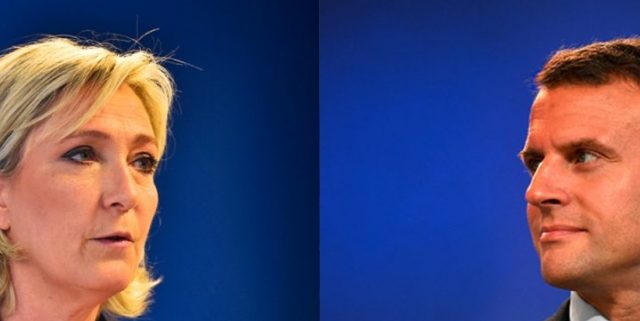
 The candidates of the Socialists and conservative party The Republicans were knocked out in the first round on April 23.
The candidates of the Socialists and conservative party The Republicans were knocked out in the first round on April 23.






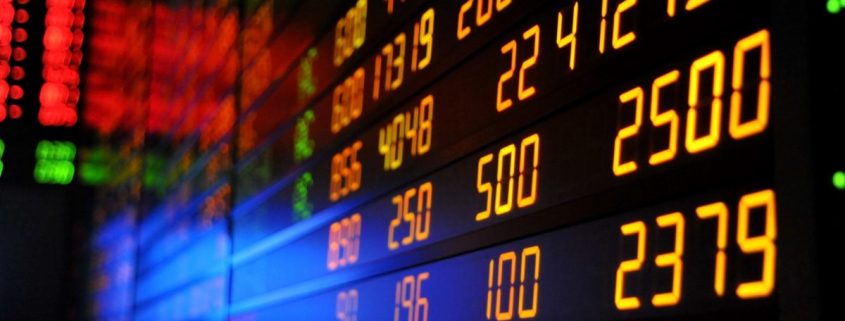




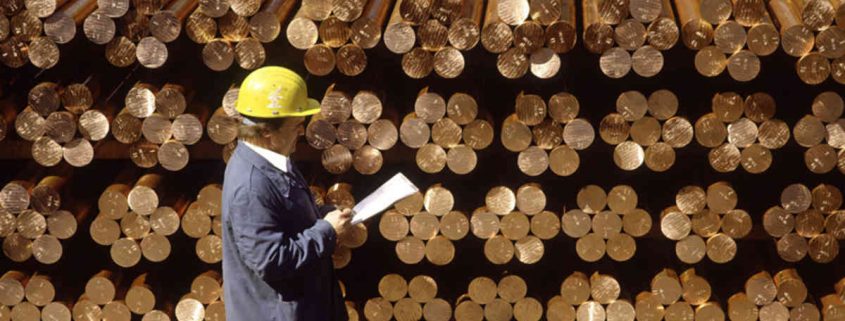





 The company “tried on numerous occasions, and through numerous channels, to reach a satisfactory and amicable resolution, but none has been forthcoming. Therefore they have been left with no other option but to purse a resolution through legal channels.”
The company “tried on numerous occasions, and through numerous channels, to reach a satisfactory and amicable resolution, but none has been forthcoming. Therefore they have been left with no other option but to purse a resolution through legal channels.”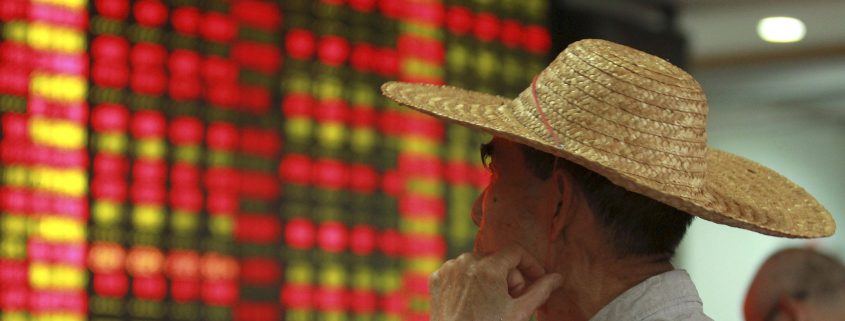


 Copper inventories [on the LME] have fallen over 16%. Also, zinc is down 9%, while lead 8% . Finishing with aluminium failure for 6%. Recent supply disruptions maybe had impact on this.”
Copper inventories [on the LME] have fallen over 16%. Also, zinc is down 9%, while lead 8% . Finishing with aluminium failure for 6%. Recent supply disruptions maybe had impact on this.”
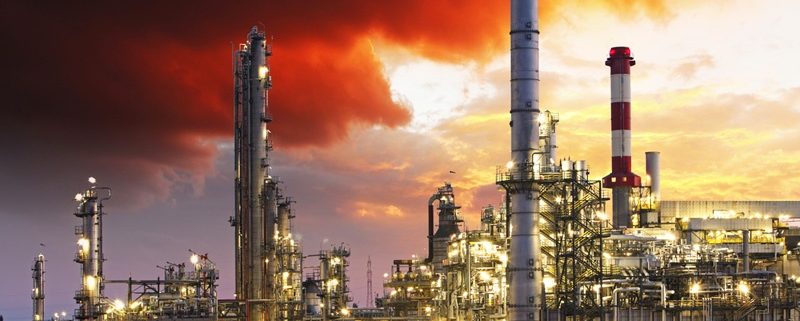


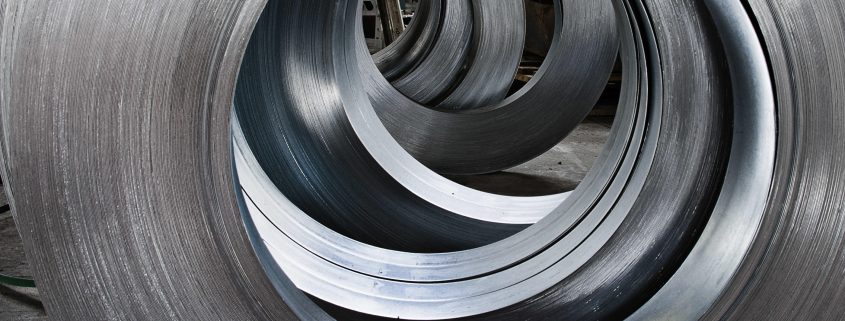




 The three-month aluminium price continued its premarket trend of the week with a small increase. It rose $5.50 to $1,969.50 per ton.
The three-month aluminium price continued its premarket trend of the week with a small increase. It rose $5.50 to $1,969.50 per ton.